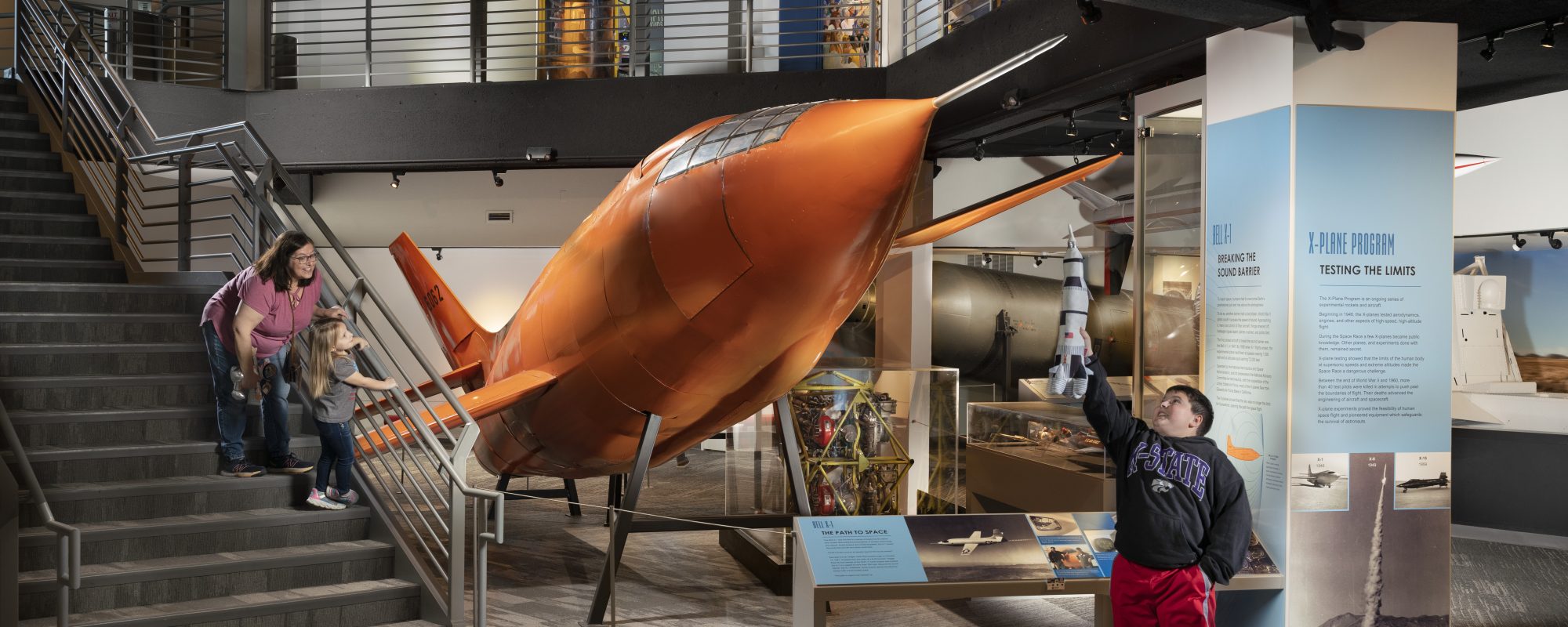By Astronaut Dr. Steven Hawley,
STS-41-D, STS-61-C, STS-31, STS-82, STS-93
On March 19, I lost a good friend and America lost a hero. Glynn Lunney died at the age of 84. He had been fighting leukemia that had obviously taken its toll on Glynn when I saw him last at an Astronaut Scholarship Foundation event in Houston in 2018. Glynn began his NASA career as part of the Space Task Force working to make the Mercury Program happen. He was selected to be one of NASA’s first flight directors and later was the chief of the flight director office at Johnson Space Center (JSC). Glynn managed the Apollo Soyuz Test Project and subsequently became Space Shuttle Program Manager.
Among the Cosmosphere’s impressive collection of space artifacts are the Gemini 10 capsule and the Apollo 13 command module. I want visitors to know that Glynn had a major role in what those two spacecraft represent to the history of human spaceflight. Glynn was the lead flight director for Gemini 10. He led the flight control team and the crew, John Young and Mike Collins, through a challenging mission that included two rendezvous, a docking, and two EVAs. It was necessary to demonstrate the ability to execute all these capabilities in orbit before any attempt to land on the Moon could be made. After the first rendezvous and docking, Glynn was required to make some changes to the flight plan to accomplish the remaining mission objectives. The success of Gemini 10 was a critical step towards NASA’s making history on Apollo 11.
When you see the words flight director and Apollo 13 together, you would naturally first think of Gene Kranz. Gene was on console when the explosion occurred aboard the command module. History has recorded Gene’s leadership in the effort to save the crew, including in the movie “Apollo 13”. However, I want to either remind you, or share with you for the first time, the role that Glynn played in saving the lives of the crew. At the time of the explosion, Glynn was in Mission Control preparing to take over the flight director position with his team for the overnight shift. While Gene and the on-shift controllers were trying to piece together all of the indications they were seeing to attempt to determine what was wrong, Glynn and some of his oncoming controllers were helping to develop options for getting the crew back to Earth. Landing on the Moon was no longer a consideration and the obvious question was how to get the crew back home as soon as possible. Glynn helped work through the options with, friend of the Cosmosphere, Jerry Bostick. Despite everyone’s desire to execute a large maneuver to put Apollo 13 on course back to Earth, that option required too many risky factors and the right decision was to continue to go around the Moon. Glynn discussed that recommendation with Gene who agreed and made the decision to continue around the Moon. That plan would stress the flight controllers’ ability to keep the crew alive with the available consumables, but Glynn and Jerry had assessed it as the only available option.
About an hour after the explosion, Glynn and his team took over the mission control responsibilities. There were several immediate actions needed. One was to put Apollo 13 back on a free-return trajectory. The trajectory they were on at the time of the explosion was designed to allow Jim Lovell and Fred Haise to make their intended landing site, not to allow the spacecraft to go around the Moon and return to Earth. Another immediate action was to figure out how to activate the lunar module for use as a lifeboat for the trip home. With the cryogenic oxygen leaking out, the command module would soon be out of power. For the next 10 hours or so, Glynn led his team through those immediate actions that successfully put Apollo 13 back on the free-return trajectory and powered up the lunar module. His team also developed options for the future maneuvers that would determine where Apollo 13 would splash down and how long it would take to get home.
In the words of Ken Mattingly, who would have been aboard Apollo 13 but for the fact that he had been exposed to measles right before launch,
“Glynn Lunney was, by himself, the hero. I guarantee you that when he walked in that room, nobody knew what the hell was going on. And Glynn walked in, took over this mess. And he just brought calm to the situation. I’ve never seen such an extraordinary example of leadership in my entire career.”
Glynn would have been the first to point out that the successful return of Odyssey and the Apollo 13 crew was the result of a team effort.
When we lived in Houston, our next-door neighbors were Glynn and Marilyn’s daughter and son-in-law, Kyle and Jenny. Kyle and Jenny were our veterinarians. Their daughters would come to our house at Christmas time to make gingerbread houses with my wife. When Glynn was next door to see his grandkids, I would wave and Glynn would say, “Hi, neighbor” and I would respond back, “Hi neighbor.” I was honored to have known him, to have worked with him, and to have been friends with him and Marilyn, their kids, and their grandkids.
Glynn was a flight director for many NASA missions and had other responsible positions at NASA, but his direct connection to the Cosmosphere will be through the Gemini 10 and Apollo 13 spacecraft that we are privileged to be able to exhibit. I hope that when Cosmosphere visitors view the Gemini 10 capsule, they will appreciate and remember Glynn’s contribution to making Apollo 11 possible. When they view the Apollo 13 command module, I hope they will think about the hero that Glynn Lunney was and the critical role he played in saving the lives of the crew.
I’ll miss you, neighbor.


